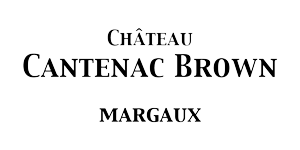Have you ever heard during a tasting that a wine had a taste of light? It must have seemed surprising to taste something that is usually perceived by sight. Cantenac Brown tells you more about this phenomenon that alters the quality of certain bottles.
What is the taste of light?
The taste of light refers to a defect that develops in wine when it has been exposed to too much light.
The term “taste of light” appeared in 1971 following the study of the effect of natural light on dairy products. This concept will be applied in a second time to the world of wine following the clarifications brought on the subject by Alain Maujean, professor emeritus at the University of Reims-Champagne-Ardennes, in his book “Connaissance de la vigne et du vin
How does it appear?
The taste of light is explained by a chemical reaction between light and riboflavin (vitamin B2). Riboflavin is present in many foods but also in wine. Riboflavin reacts to light and more precisely to the wavelengths 375 nm in the ultraviolet and 446 nm in the visible. These wavelengths are notably emitted by sunlight and by a large part of neon lights. This chemical reaction produces methanol, a molecule that gives off aromas of cabbage, mothballs, acacia flowers and soap.
Moreover, besides the simple presence of light, this reaction is accelerated by temperatures higher than 20°C. Be sure to keep your wines in suitable temperatures between 10°C and 14°C.
How to protect your wine from the taste of light?
First of all, the color of the bottle allows to protect the wine from the light. Indeed, in a transparent bottle, the wine can be impacted in two weeks against several months for a wine kept in a green or brown bottle.
Secondly, once the wine is bottled, it must be stored in the right conditions. The ideal? A traditional cellar and in the dark! If you live in an apartment, don’t worry, several solutions are available. There are apartment wine cellars, without light and of an adapted size. Otherwise, it is possible to choose LED lighting, which has a lower wave intensity.


